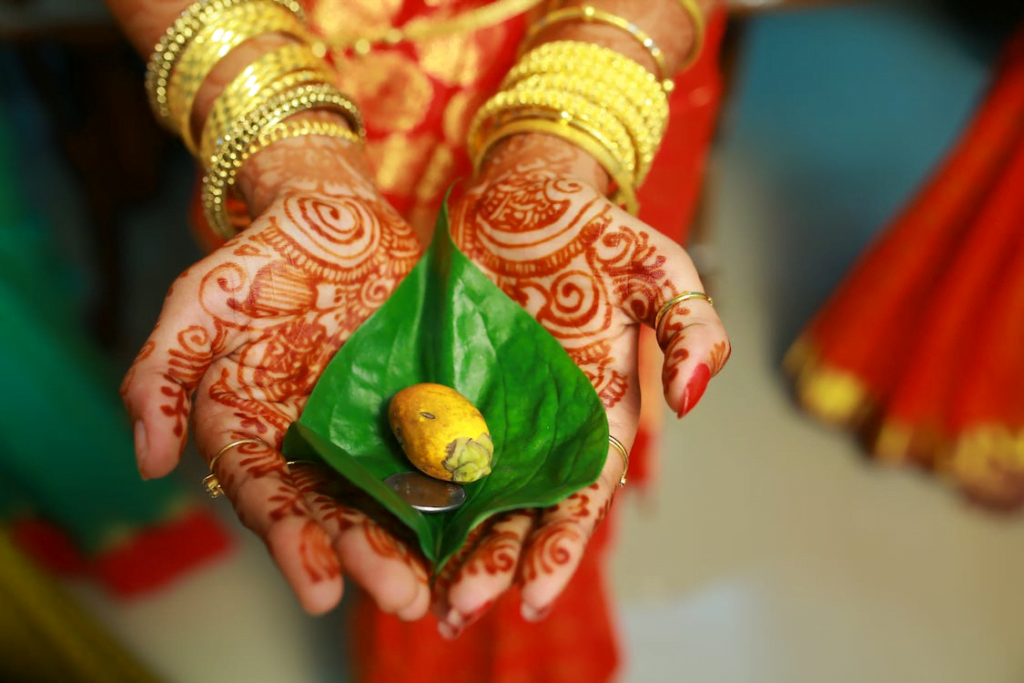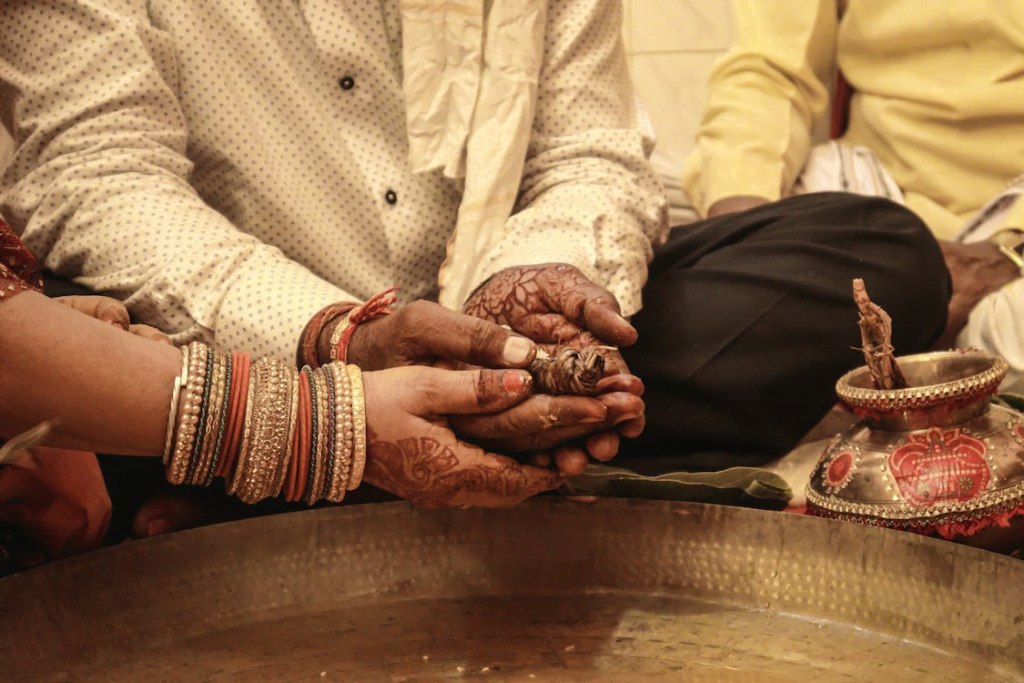Introduction:
Indian culture is rich with various customs and rituals that have been practiced for centuries. One such tradition is Kanyadan, which refers to the practice of giving away a daughter in marriage. The term Kanyadan is a combination of two words, “Kanya” meaning daughter, and “Daan” meaning donation or gift. The concept of Kanyadan is deeply rooted in Indian society, and it has been a significant part of Hindu weddings for ages. However, along with Kanyadan, another practice that has evolved over time is Dowry. Dowry is the money or property that a bride brings to her husband’s family at the time of marriage. In this blog, we will explore the multifaceted aspects of Kanyadan in Indian culture and trace the historical development of dowry customs.
Kanyadan in Indian Culture:

Kanyadan is an ancient Indian custom that has been prevalent for centuries. It is considered as a sacred duty of parents to give their daughter away in marriage. In Hinduism, it is believed that Kanyadan is one of the most significant donations that one can make, and it is said to bring immense blessings and good fortune. In fact, in Hindu mythology, it is believed that the Gods themselves performed Kanyadan. Lord Brahma, the creator of the universe, gave away his daughter Saraswati in marriage to Lord Vishnu, the preserver, and Lord Shiva, the destroyer, gave away his daughter Parvati in marriage to Lord Ganesh.
The ceremony of Kanyadan is performed during the Hindu wedding ceremony. It involves the father of the bride giving away his daughter to the groom. The bride’s father places his daughter’s hand in the groom’s hand, symbolizing the transfer of responsibility from the father to the groom. The groom then accepts the responsibility and promises to take care of his wife for the rest of his life.
However, Kanyadan is not just a physical act of giving away the daughter in marriage. It is a spiritual and emotional act that involves the parents giving away their most precious possession to the groom, with the hope that he will take care of her and provide her with a happy and fulfilling life. The ceremony of Kanyadan is accompanied by several other rituals, including the exchange of garlands, the tying of the sacred thread, and the recitation of Vedic hymns.
The Evolution of Dowry Customs:
While Kanyadan is a beautiful tradition that symbolizes the bond between the bride and groom, the practice of Dowry has evolved over time and has become a major social evil in Indian society. Dowry is the money, property, or gifts that a bride brings to her husband’s family at the time of marriage. It is often given as a form of security for the bride, but it has become a source of exploitation and harassment for many women.
The practice of Dowry has been prevalent in Indian society for centuries, but it was not until British colonial rule that it became institutionalized. During British rule, there were several laws enacted to regulate the practice of Dowry, but they were largely ineffective. In fact, Dowry became more prevalent during the British rule, as the British officers often demanded large sums of money from the bride’s family in exchange for allowing the marriage to take place.
After independence, several laws were enacted to abolish the practice of Dowry, but it continues to be a widespread problem in Indian society. Dowry has become a source of exploitation and harassment for many women, and there have been several cases of brides being tortured or even killed for not bringing enough dowry.
Conclusion
In conclusion, Kanyadan is a significant tradition in Indian culture, representing the bond between the bride and groom and the sacred duty of parents to give away their daughter in marriage. However, over time, the practice of Dowry has evolved and become a major social evil in Indian society. While it was originally intended as a form of security for the bride, it has turned into a source of exploitation and harassment for many women. The historical development of Dowry customs can be traced back to British colonial rule, and despite several laws being enacted to abolish it, the practice continues to be a widespread problem in Indian society. It is important to acknowledge the complexities of these customs and traditions and work towards creating a society where women are not exploited or harassed, and where Kanyadan can continue to be a beautiful tradition without the negative connotations of Dowry.



It’s hard to magnify the value of an excellent and informative blog. These types of blogs provide readers with easily accessible resources, in-depth information, and up-to-date insights on a plethora of topics. The blog in question is no exception. It has led me to some of the best resources out there and I am gratified to have found it. I strongly recommend it to anyone seeking to enrich their knowledge.
Praising words cannot express my admiration for the fantastic article. Your writing was thoughtful, penetrating, and edifying. I am truly affected by the content discussed throughout the article– the level of detail and delicacy was truly unbelievable. Thank you for your admirable work, it was moving and inspiring.